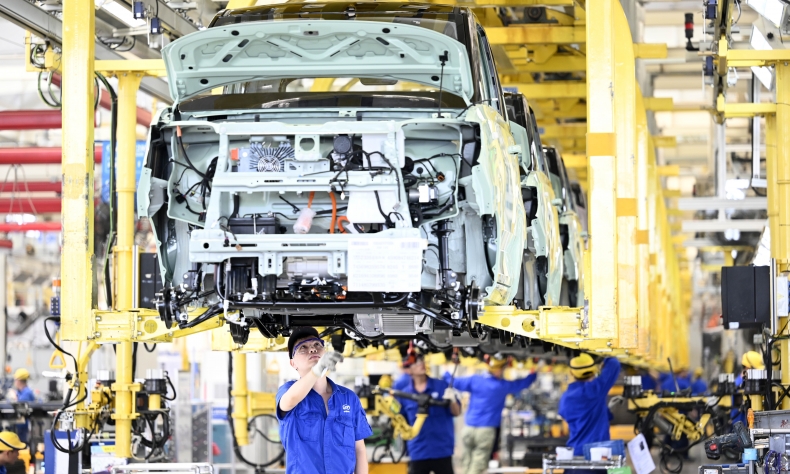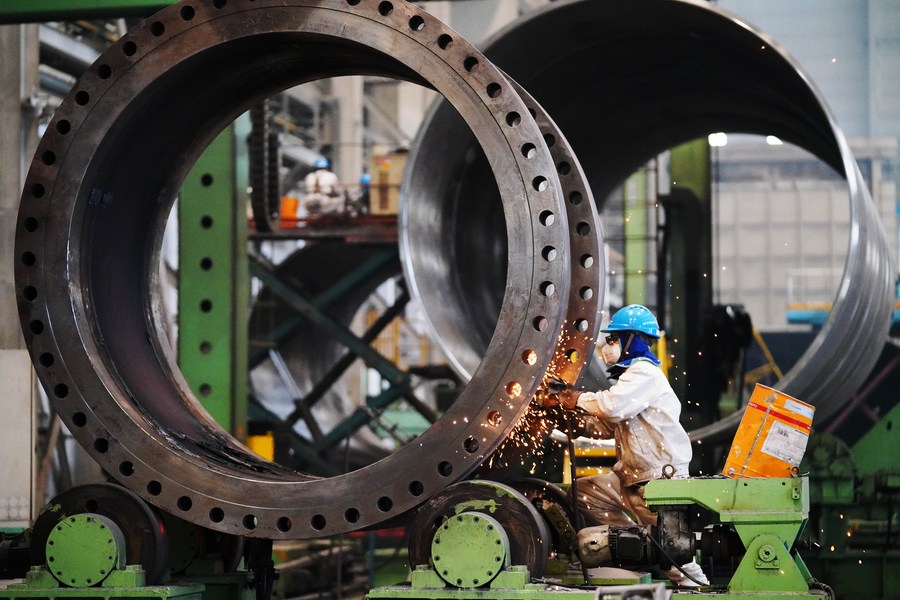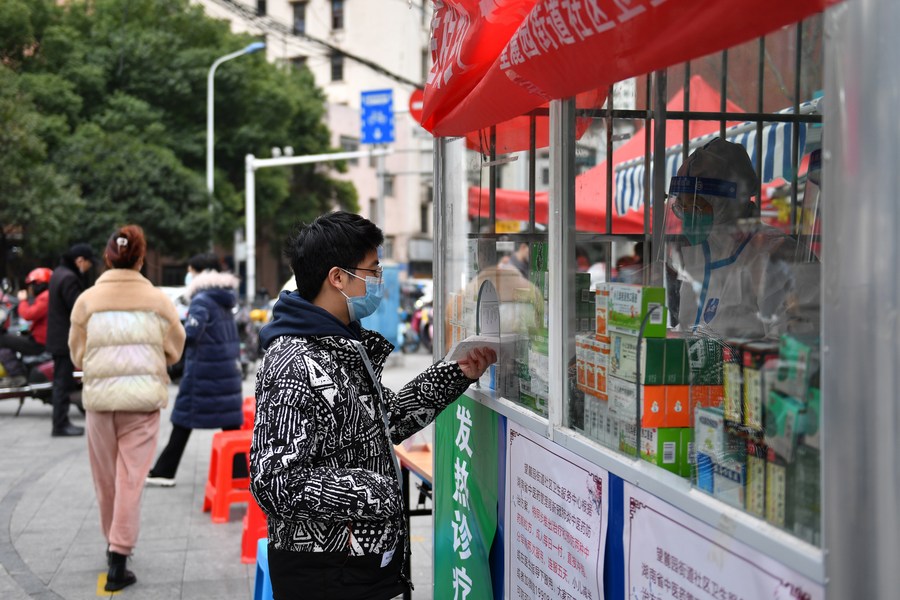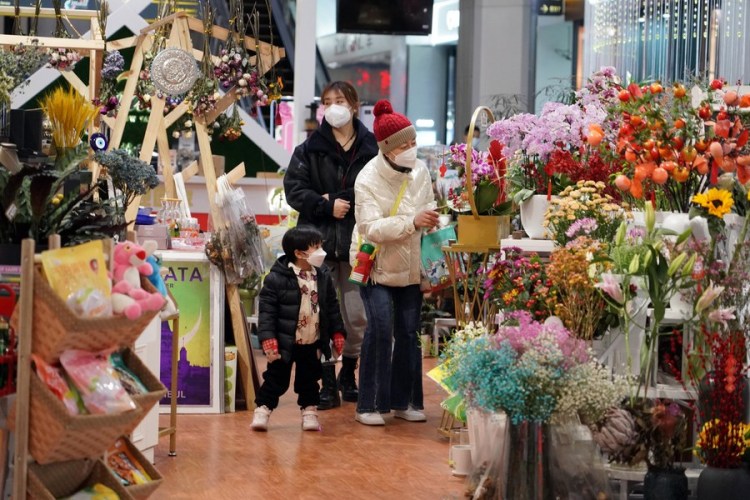A Time of Transition

The opening of the border and the evolution of the approach to COVID-19, along with the results of the Central Economic Work Conference should give everyone inside and outside of China hope for a bigger and better economic future.
What’s next? This is the simple but significant question on the minds of many, from Chinese citizens to global financial institutions and brands, to governments around the world. What’s next for China and what are China’s economic prospects for the future after three years of COVID-19 disruption?
All these mitigating factors are at play when trying to discern China’s economy’s near- and long-term future.
But one factor stands out, namely, the change in China’s policies and protocols regarding the COVID-19 pandemic.
The Chinese Government has moved on to begin the process of planning and restructuring for life and economy post-COVID. At the Central Economic Work Conference on December 15 and 16, 2022, an annual event to discuss economic policies and priorities, officials highlighted the importance of economic development and stability in the face of the pandemic. They emphasized the need to maintain a stable and resilient economic environment, and to continue the implementation of measures to support the recovery of pandemic-stricken industries and businesses.
One of the government’s key measures to support the economy over the past three years was the implementation of a series of fiscal and monetary policies, including tax cuts and fee reductions, increased government spending and lower lending rates. These efforts helped stabilize market expectations, support employment, and boost demand, which in turn supported economic recovery.

In addition, the Chinese Government also implemented a series of structural reforms to enhance the competitiveness and resilience of the economy. They included the further opening up of the economy to foreign investment, the promotion of technological innovation, and the upgrading of industries through the transformation of traditional manufacturing into one that is modern and digitalized.
These are all positives, but roughly three years of a pandemic and strict COVID-19 restrictions have affected China’s economy in many ways that still need to be addressed and remedied for 2023 and beyond.
Overcoming challenges
During the pandemic, China’s consumer demand has been muted, and many small businesses were forced to close. Supply chain disruption has affected exports as well as domestic consumption. The border being closed for almost three years has led to the vanishing of billions of dollars being injected into the economy by tourists and business travelers. The closed border has significantly slowed the inflow of foreign companies seeking to build new businesses in China and to export their products to the country.
The economic boost provided by domestic and foreign tourism and business travel by Chinese citizens has been marked. Unemployment grew beyond the norm last year.
China had to make several incredibly difficult choices in the face of COVID-19, trying to balance the health and wellbeing of the population with the health and wellbeing of the economy, with the added difficulty that both are interconnected.
Strategic actions
December 2022 marked a turning point in how China will address building its future through two new key policies.
The first step was the adjustment of its COVID-19 response. The strict testing, tracking, quarantine and shutdowns were laid aside in the face of Omicron variants that are far less damaging to people’s health (while being more contagious).
The second was the announcement that visitors to China will no longer need to quarantine, if proof of a negative COVID-19 test result 48 hours prior to travel is provided, from January 8 onward.

The transition from infection control and closed borders to wellness management and open borders will take some time and will be the source of short-term difficulties in restarting the economy to run at full speed, to get all services back to normal, raise employment levels and manage a wave of illness.
But this short-term pain is a necessary transitional period to normalizing day-to-day work, consumption and travel to, from and within China.
The reaction from businesses, governments and the media around the world was swift and positive in assessing these two major announcements and what they will mean for the prospects of doing business in and with China, investing in China, and revving up imports from and exports to China.
The key issues that the Central Economic Work Conference addressed and for which proactive policies and actions will be taken include:
Boost domestic consumption. Increasing domestic consumption to a larger part of China’s growth and GDP has been a key policy for the last decade. Much of the work that must be done in 2023 will have this goal in mind. Increase consumer confidence, ensure stable employment, address the needs of millions of fresh college graduates and ensure that manufacturing, technology and natural resource industries grow to ensure low unemployment. Once consumers regain full confidence, their spending will become a major engine of growth.
Science and technology. The government will work to expand China’s growth activities in areas ranging from semiconductor production to artificial intelligence, space exploration and pharmaceuticals. These are the industries and employment engines of the future.
Social equilibrium. The government will work to boost the standard of living, employment and wellbeing of the rural population, enhance efforts for increasing fertility rates and continue the policy of social and economic equality.
Investment. The government will emphasize attracting and utilizing foreign direct investment, making China a more attractive market for global brands, retailers, consumer packaged goods and manufacturers to sell their goods, and will invest in modernizing and upgrading manufacturing and logistics to ensure China remains a key hub for global supply chains.

China’s economic outlook for 2023 can be measured and understood as a two-part story: dealing with short-term difficulties that will require strength, hard work and optimism; and the exit from transition into a new era of robust health and growth.
China’s role
Crises come and go, but the overall trajectory over the last 40-plus years has been growth, resilience and reinvention. So the answer to the question of “what’s next for China” is recovery, rebirth and resilience. The world needs a healthy Chinese economy and China needs to operate and interact with the world on equal terms. The opening of the border and the evolution of the approach to COVID-19, along with the results of the Central Economic Work Conference should give everyone inside and outside of China hope for a bigger and better economic future.
In addition to supporting economic recovery, the success of China’s COVID-19 containment measures has also had a positive impact on the country’s international reputation and its economic relations with other countries. China’s quick and effective response to the pandemic, including the provision of medical supplies and expertise to other countries, has enhanced its standing on the global stage and contributed to an increase in foreign investment in the country.
Overall, China’s COVID-19 response optimization has had a positive impact on the country’s economy, supporting economic recovery and stability in the face of the pandemic. By implementing a series of fiscal and monetary policies, structural reforms, and effective containment measures, China has maintained a stable and resilient economic environment, which has helped support economic growth and development.
The author is founder and CEO of U.S.-based consulting firms 5 New Digital and China BrightStar.
 Facebook
Facebook
 Twitter
Twitter
 Linkedin
Linkedin
 Google +
Google +










